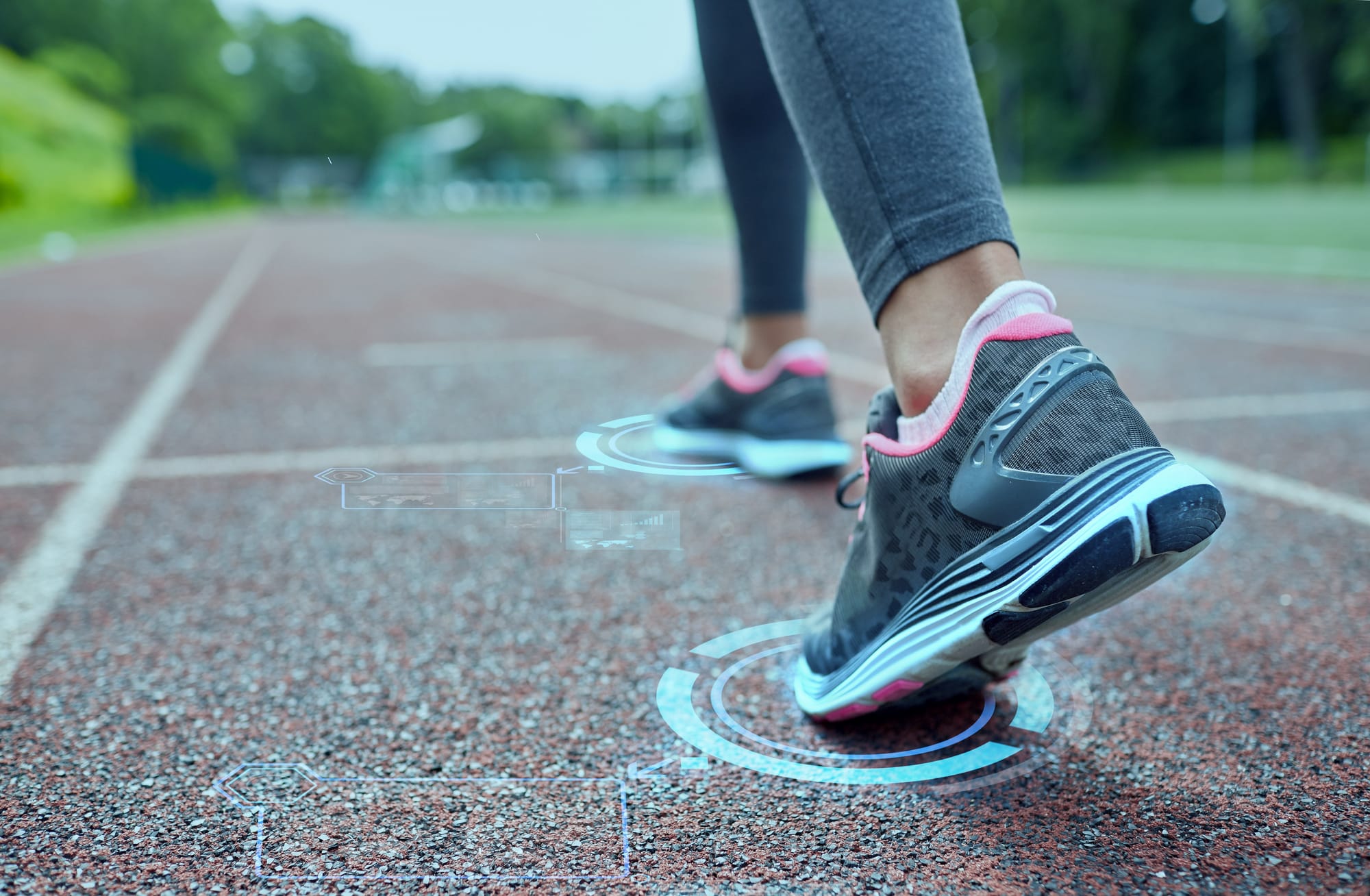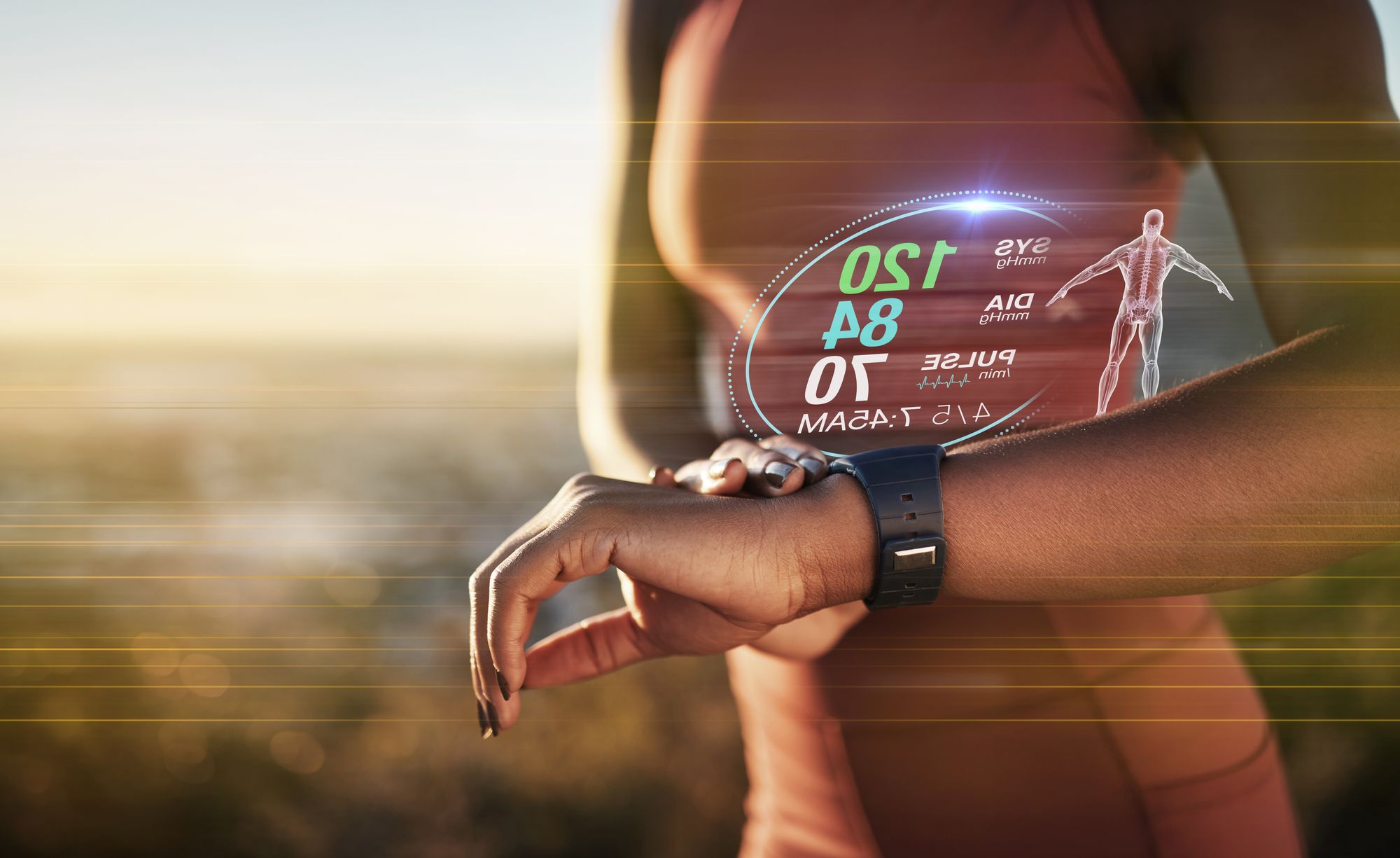Sports Gear Revolution: 5 Trends Driving Innovation
Discover how the latest trends in athletic gear and sports technology are revolutionizing the way we participate and experience sports.

Athletic gear, parts, and equipment have seen tremendous growth and development over the past few years. With new materials and improved manufacturing processes, sports gear and equipment is becoming increasingly durable. This means that athletes can rely on their equipment to last longer and stand up to the rigors of the sport.
The right sports gear can help athletes perform better, avoid injury, and train more effectively. It can also provide a sense of comfort and confidence, allowing athletes to focus on their performance and avoid injury.
In this article, we will explore the current trends in athletic gear, parts, and equipment, and provide a comprehensive overview of what’s new and exciting in the world of sports technology.
Trend 1: Eco-Friendly Materials
Eco-friendly materials are making a significant impact in the sports industry. With growing concern for the environment and the impact of human activity, many sports brands are turning to these materials for their products. From recycled plastics and biodegradable materials to organic cotton and sustainable leather, these materials are not only better for the environment, but they can also improve the performance and longevity of sports gear.
The benefits of using eco-friendly materials in sports gear are numerous. For one, it helps reduce waste and pollution, promoting sustainability and protecting the environment. Secondly, it can improve the performance and longevity of sports gear. The use of eco-friendly materials results in gear that is not only more comfortable, but also more breathable, helping athletes stay cool and dry during their workouts.
There are already many examples of eco-friendly sports gear on the market. Some of these include recycled plastic water bottles, sustainable sports shoes, and biodegradable packaging. These products demonstrate the viability and popularity of eco-friendly materials in the sports industry.
As the world continues to focus on environmental sustainability, the use of eco-friendly materials in sports gear is only expected to increase. In the future, we can expect to see more innovative materials and designs with an emphasis on reducing waste and promoting sustainability. The sports industry as a whole will continue to place a greater emphasis on environmental sustainability, making eco-friendly materials a must-have for any brand looking to stay competitive.
Trend 2: Wearable Technology
Wearable technology has been a game-changer in the world of sports, providing athletes with real-time information about their performance and allowing for more effective training. From fitness trackers and heart rate monitors to GPS devices and smartwatches, wearable technology has become an essential part of many athletes' training routines.
The benefits of using wearable technology in sports are numerous. It improves performance tracking, allowing athletes to track their progress and make adjustments to their training. Secondly, it increases training efficiency by providing insights into an athlete’s sleep patterns, nutrition, and recovery. This information helps athletes make informed decisions about their training to optimize their performance. Finally, wearable technology has the potential to prevent injuries by monitoring an athlete’s physical activity and alerting them to potential problems.
There are already many examples of wearable technology being used in sports. Some of the most popular devices include the Fitbit, the Apple Watch, and the Polar H10 Heart Rate Monitor. These products demonstrate the viability and popularity of wearable technology in sports, and show the impact that it can have on performance and training.
In the future, we can expect to see more sophisticated and specialized devices, as well as a growing number of applications and integrations with other sports technologies. This will result in even greater insights into an athlete's performance and will allow for even more effective training and injury prevention.

Trend 3: Personalization
The concept of personalization in sports gear refers to the customization of athletic equipment to fit the unique needs and preferences of individual athletes. The sports industry has recognized the benefits of this approach and is now offering a wide range of personalized options to improve athlete performance, comfort, and confidence.
Personalized sports gear has several benefits for athletes. Firstly, it can lead to improved performance as the gear is tailored to the athlete's specific body, training routine, and preferences. Secondly, personalization provides greater comfort and confidence as the athlete is able to use gear that is designed specifically for them. Furthermore, personalization allows athletes to express their individuality and stand out from the crowd.
Personalized sports gear can encompass a variety of equipment, including helmets, gloves, eyewear, and more. Both individual athletes and sports teams can create equipment that meets their individual needs and preferences.
The future of personalized sports gear looks promising, with continued growth driven by advancements in technology and the growing popularity of customization. The industry can expect to see more options for customization, advanced features such as real-time updates, and sophisticated customization tools such as product configurators to offer greater flexibility and personalization. As athletes seek to gain a competitive edge and take control of their performance, personalization in sports gear will become increasingly important.
Trend 4: Augmented Reality
AR technology is transforming the way fans experience sports events and how athletes train. It's allowing sports organizations to create engaging and interactive content for fans, bringing them closer to the action. This can be anything from virtual player stats and instant replays to interactive game experiences and in-stadium advertisements.
The use of AR in sports offers a wide range of benefits. For fans, it provides a more immersive and interactive viewing experience, making games and events more engaging. It also allows fans to access real-time information about their favorite players and teams. For athletes, AR is a powerful tool for training and performance analysis. Coaches can use AR to analyze player movements and make real-time adjustments to their strategies.
The NFL, NBA, and NHL are just a few examples of leagues that are incorporating AR into their games. For instance, the NFL has used AR technology to bring player stats and interactive graphics to life on the field. The NBA is using AR to create virtual advertisements that appear in the arena during games. Meanwhile, the NHL has used AR to create interactive experiences for fans, such as virtual puck-tracking graphics and live player statistics.
As AR technology continues to advance, its potential in the sports industry is unlimited. In the future, fans can expect to see more interactive experiences, such as virtual reality stadiums, and even more advanced performance analysis tools for athletes and coaches. AR has the potential to change the way we watch and play sports, providing a truly immersive experience that blends the physical and digital worlds.
Trend 5: Smart Sports Equipment
Smart Sports Equipment is a new category of athletic gear that combines advanced technology to enhance performance and offer valuable information. This cutting-edge gear incorporates sensors, wearable technology, and other innovative tools to provide real-time data and feedback to athletes. This information can help them optimize training routines, track progress, and detect potential injury risks.
Smart Sports Equipment offers numerous benefits to athletes. It provides valuable insights into their performance data, including speed, power, and endurance, that can help them improve their training routines and track their progress. Additionally, it can help prevent injury by providing early warning signs of potential problems.
There are numerous examples of Smart Sports Equipment available, including smartwatches, heart rate monitors, and GPS tracking devices. Brands like Garmin, Polar, and Suunto are popular in the market and used by many professional athletes and sports teams to gain a competitive edge and improve performance.
The future of Smart Sports Equipment looks promising. With the advancement of technology, we can expect to see more advanced and sophisticated gear that offers even greater insights into performance and health. This innovative equipment has the potential to revolutionize the way athletes train, compete, and recover from injury.
New Horizons
The sporting goods industry is a dynamic and ever-evolving space. With new trends emerging regularly, it's essential for sports organizations and athletes to keep up with the latest advancements to stay ahead of the competition. These trends are driving innovation and providing new opportunities for growth in the sports industry.
From the use of eco-friendly materials to the integration of wearable technology, personalization, augmented reality, and smart sports equipment, these trends are shaping the future of the sports industry and revolutionizing the way we participate and experience sports.
In conclusion, the sports industry is in a constant state of evolution, and by embracing these trends, organizations and athletes can stay at the forefront of the industry and take advantage of new opportunities for growth and innovation.


